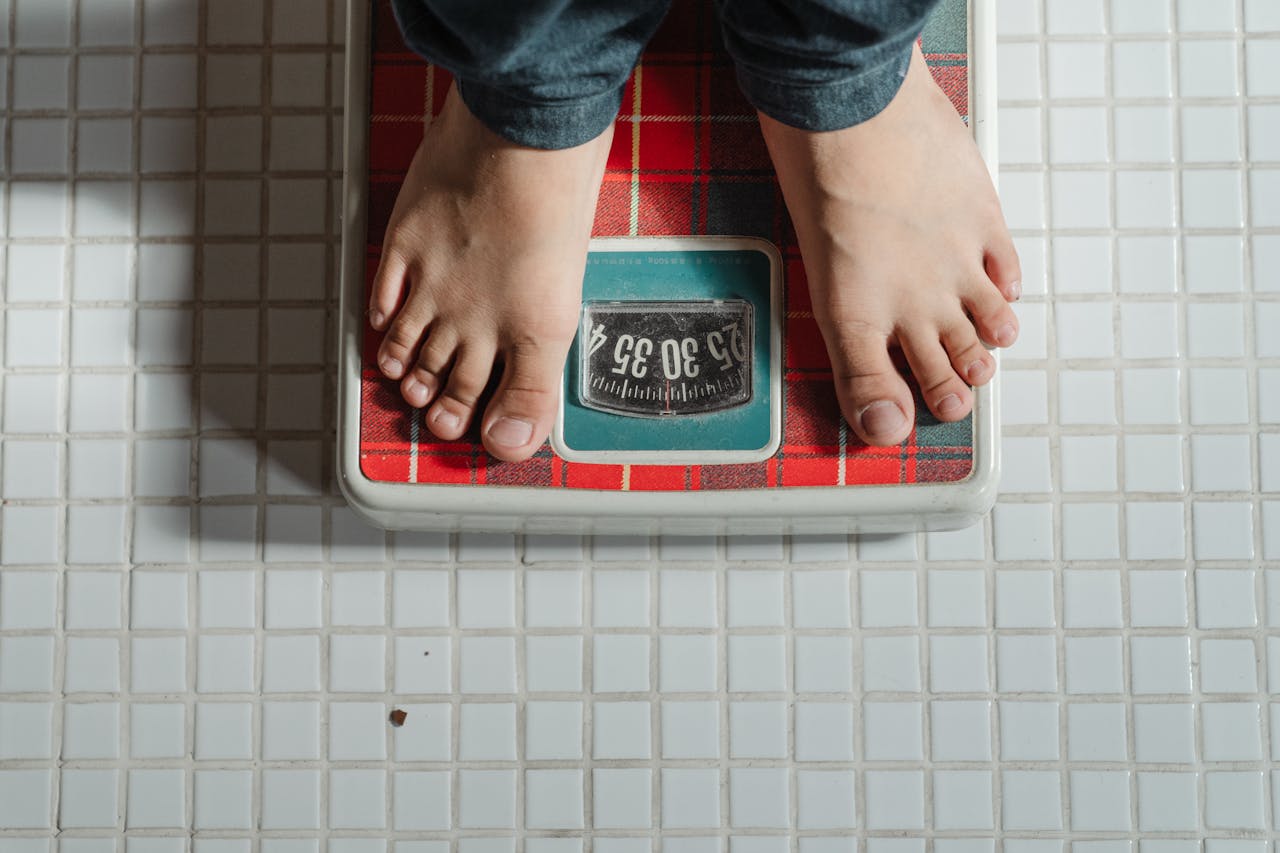
When we embark on a fitness journey, the scale often becomes our primary measure of progress. We step on it religiously, hoping to see the numbers drop. But what if the scale isn’t telling the whole story? It’s time to shift the focus from weight loss to body fat loss—a more reliable indicator of true fitness progress.
The Difference Between Weight Loss and Fat Loss
Weight loss is simply the reduction in the number on the scale, which reflects everything from fat and muscle to water and glycogen. It doesn’t differentiate what you’re losing. This is important because losing muscle can be detrimental to your overall health and fitness goals. Body fat loss, on the other hand, specifically targets the reduction of fat mass while preserving lean muscle tissue. This is the ideal scenario, as maintaining or even building muscle while losing fat can dramatically improve your body composition, strength, and metabolic health.
Why Scale Weight Isn’t Everything
1. Fluctuations Happen: Our weight can fluctuate daily due to changes in hydration, food intake, and even hormones. You might step on the scale after a big meal or a salty snack and notice a temporary increase, which can lead to unnecessary discouragement.
2. Muscle vs. Fat: Muscle weighs more than fat by volume but takes up less space. If you’re strength training or doing resistance exercises, you may gain muscle while losing fat, which could keep the scale steady or even increase your weight. Yet, your body may look leaner and more toned.
3. The Health Factor: Fat loss, particularly visceral fat (the dangerous fat around your organs), is more closely linked to better health outcomes, including reduced risk for diabetes, heart disease, and other chronic conditions. The scale doesn’t show whether you’re losing this harmful fat or simply dropping water weight.
How to Measure Progress Beyond the Scale
Here are some alternative methods to track your progress effectively:
1. Body Measurements: Use a tape measure to track changes in your waist, hips, thighs, and arms. As you lose fat and build muscle, you’ll see noticeable reductions in your body circumference even if the scale doesn’t budge.
2. Progress Photos: Take pictures every few weeks. Photos can show changes that the mirror or the scale often miss. Sometimes, the visual progress is far more motivating than numbers.
3. Body Fat Percentage: Devices like calipers, smart scales, and even some gyms offer body fat testing. This gives you a clearer picture of how much fat you’re losing versus muscle.
4. Clothing Fit: Your clothes are often a better indicator of fat loss than the scale. Pants fitting looser or needing to size down in your shirts is a sign that you’re losing inches, even if the number on the scale hasn’t changed much.
5. Strength and Endurance Gains: Tracking improvements in your physical performance is another powerful tool. Lifting heavier weights, running faster, or feeling more energetic throughout the day are all signs that you’re getting stronger and healthier.
Why Prioritize Fat Loss?
Focusing on fat loss helps you maintain muscle, which is vital for metabolic health. The more muscle you have, the more calories you burn at rest, meaning you’ll be better equipped to keep the fat off in the long run. Muscle also helps with functionality and strength, improving everyday movements and overall quality of life.
Balancing Your Approach
While tracking fat loss is key, it’s also important to recognize that losing fat doesn’t always happen as fast as losing overall weight. Patience and consistency are critical. To prioritize fat loss, incorporate:
- Strength Training:** This preserves and builds lean muscle.
- High Protein Diet:** Protein helps in muscle repair and fat loss.
- Healthy Fats and Fiber:** These promote satiety, making it easier to stick to your nutrition plan.
- Cardio and Interval Training:** To support fat burning and improve cardiovascular health.
Conclusion: Look Beyond the Numbers
The scale is just one tool in your fitness toolbox, and it doesn’t always reflect the hard work you’re putting in. Focusing on body fat loss rather than scale weight loss allows for a more holistic, sustainable approach to health and fitness. Remember, your progress is more than just a number—it’s about how you feel, how your body moves, and how your clothes fit. So, step off the scale, trust the process, and keep pushing forward!



